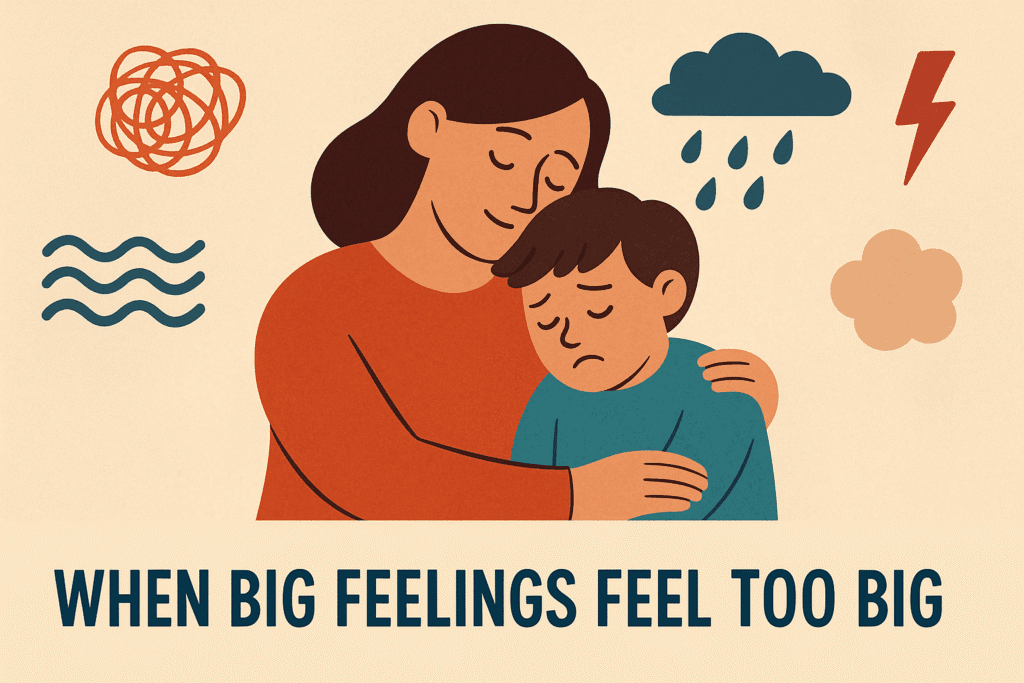Have you ever felt like your mind was racing a hundred miles an hour—even when your body was still?
You’re not alone.
In today’s world, where we’re constantly juggling deadlines, notifications, and expectations, stress has become almost… expected. But that doesn’t mean we’re helpless in the face of it.
One of the most powerful—and often overlooked—stress relief techniques is mindfulness. Not just as a trend, but as a science-backed, life-changing practice.
In this guide, you’ll learn seven deeply effective mindfulness practices, each supported by research, that can help you find calm, improve emotional regulation, and reconnect with yourself—even on the most hectic days.
Discover natural strategies to enhance mental resilience.
Table of Contents
Mindful Breathing: The Foundation of Stress Relief

Science Says: Slow, focused breathing activates your parasympathetic nervous system—your body’s natural “relax mode.” It reduces cortisol (the stress hormone) and improves focus and calm.
Try This:
- Sit or lie down comfortably
- Inhale through your nose for 4 seconds
- Hold for 4 seconds
- Exhale gently through your mouth for 6–8 seconds
- Repeat for 5–10 minutes
Why It Works: Deep, intentional breathing helps your nervous system slow down. It’s one of the simplest yet most powerful mindfulness practices to reset your mind and body.
Tip: Try this before a stressful meeting, after a tough conversation, or before bed.
Learn beginner-friendly meditation techniques to calm your mind
Body Scan Meditation: Tuning Into Tension
Science Says: A body scan is a powerful form of mindfulness meditation that helps identify and release areas of physical stress. Research shows it can reduce anxiety and improve sleep quality.

Try This:
- Lie down and close your eyes
- Start at your toes and move slowly upward, noticing each body part
- If you sense tension, breathe into that area and let it go
- Continue to your head, one area at a time
Why It Works: We hold stress in our bodies—tight shoulders, clenched jaws, fidgety hands. This practice builds awareness and teaches your body how to relax on cue.
Body scans are especially helpful at night to ease into deeper sleep.
Mindful Walking: Move Into the Present

Science Says: Gentle movement combined with breath awareness improves mood and lowers anxiety. A 2020 study found mindful walking can boost cognitive function and reduce stress.
Try This:
- Go for a slow walk—preferably outside
- Focus on the sensation of each footstep
- Notice sounds, smells, and the feel of the air
- If your mind wanders, gently bring it back to your steps
Why It Works: This moving meditation combines physical activity with mental stillness, making it one of the most grounding natural anxiety relief tools.
You don’t need a perfect setting. Even a walk around your block works.
Gratitude Practice: Train Your Mind for Positivity

Science Says: Practicing gratitude increases dopamine and serotonin—neurochemicals linked to happiness. It’s been shown to reduce symptoms of depression and improve mental resilience.
Try This:
- Every morning or night, write down 3 things you’re grateful for
- Be specific (“My cat curled up on my chest,” not just “my pet”)
- Reflect on why those moments mattered to you
Why It Works: Gratitude shifts your focus from what’s wrong to what’s right, rewiring your brain to find joy and peace in everyday life.
Feeling low? Scan your day for even one small win. Gratitude is a skill—and it gets easier with practice.
Why embracing slow living reduces chronic stress
Loving-Kindness Meditation (Metta): Compassion in Action

Science Says: This form of mindfulness meditation increases empathy and reduces self-criticism, anger, and social anxiety. It’s a powerful tool for healing emotional pain and improving relationships.
Try This:
- Sit quietly, close your eyes
- Silently repeat: “May I be safe. May I be happy. May I be at ease.”
- Then extend those wishes to others—loved ones, strangers, even people you struggle with
Why It Works: We often carry stress from emotional wounds. Metta helps release resentment and build emotional regulation—which helps you stay calm even in difficult moments.
Don’t rush the words. Let each phrase land like a kindness to yourself and the world.
Mindful Eating: Turn Meals into Meditation

Science Says: Eating mindfully helps reduce binge eating, improves digestion, and enhances enjoyment of food. It’s one of the simplest yet most overlooked stress relief techniques.
Try This:
- Sit down at a table with no distractions (yes, that means phones too)
- Observe your food: color, texture, smell
- Chew slowly, savoring each bite
- Pause halfway to check in with your hunger level
Why It Works: Mindful eating slows you down and grounds you in the present, turning even meals into moments of calm.
Bonus: It helps you listen to your body’s real signals—not just stress-driven cravings.
Mindfulness Journaling: Release the Noise

Science Says: Journaling is shown to reduce anxiety by helping people process emotions, gain perspective, and improve self-awareness.
Try This:
- Set a timer for 10 minutes
- Write freely—no edits, no structure needed
- Focus on your current feelings, stressors, or moments of clarity
- Use prompts like: “Right now, I feel…”, “What’s draining me?”, or “One thing I’m grateful for…”
Why It Works: Getting your thoughts out of your head and onto paper clears mental space, making room for clarity, solutions, and peace.
Your journal doesn’t need to be pretty—it just needs to be honest.ghts and emotions, providing a sense of release and perspective on any challenges you may be facing.
Declutter your space to create a stress-free environment.
Final Thoughts: Mindfulness Is a Daily Gift to Your Mental Health

You don’t need a meditation cushion, perfect schedule, or spiritual retreat to start practicing mindfulness.
You just need to pause.
To breathe.
To pay attention—on purpose, without judgment.
Each of these mindfulness practices offers a path back to yourself. When practiced consistently, they don’t just reduce stress—they rebuild trust in your own ability to create peace, even in chaos.
So pick one. Start today.
And remember: your calm isn’t somewhere far away—it’s already inside you, waiting for space to breathe.
Check out our insightful articles on personal growth and wellness at Roots, Wings & Wellness.
- Conscious Living
- Digital Relationships
- Family & Parenting
- Learning & Development
- Mental Well-Being
- Personal Growth
- Quick Read
- Society & Culture
FAQ’s
If you’re just getting started, go with the basics. Mindful breathing, body scans, or mindful walking are simple, grounding mindfulness practices that don’t require any tools or special setup. Even just 5 minutes of focused breathing can reduce stress and calm your nervous system. The key is consistency—start small and build from there.
Mindfulness meditation works by activating the parasympathetic nervous system—your body’s built-in stress reliever. It lowers cortisol, slows your heart rate, and brings your attention back to the present. Whether you’re sitting quietly or doing a body scan, meditation helps you break free from anxious thoughts and enhances emotional regulation over time.
Yes! Many people turn to natural anxiety relief techniques like mindful walking, gratitude journaling, or loving-kindness meditation because they’re backed by research and free of side effects. These practices improve mental resilience, lower anxiety levels, and help manage everyday stress without relying on pills or supplements.
You might feel calmer after your first session, but long-term benefits build over time. Studies show that regular practice—just 10–15 minutes a day—can improve mental resilience, focus, sleep, and emotional stability in as little as 2–4 weeks. Like any habit, the more consistently you show up, the deeper the rewards.
Absolutely. One of the biggest benefits of regular mindfulness practices is better emotional regulation. When you train yourself to pause, breathe, and observe your feelings without reacting, it becomes easier to respond with intention rather than impulse. Practices like loving-kindness meditation or journaling are especially useful for processing strong emotions more mindfully.
4. How long does it take for mindfulness practices to improve mental health?
You might feel calmer after your first session, but long-term benefits build over time. Studies show that regular practice—just 10–15 minutes a day—can improve mental resilience, focus, sleep, and emotional stability in as little as 2–4 weeks. Like any habit, the more consistently you show up, the deeper the rewards.
5. Can mindfulness help with emotional outbursts or reactivity?
Absolutely. One of the biggest benefits of regular mindfulness practices is better emotional regulation. When you train yourself to pause, breathe, and observe your feelings without reacting, it becomes easier to respond with intention rather than impulse. Practices like loving-kindness meditation or journaling are especially useful for processing strong emotions more mindfully.



















